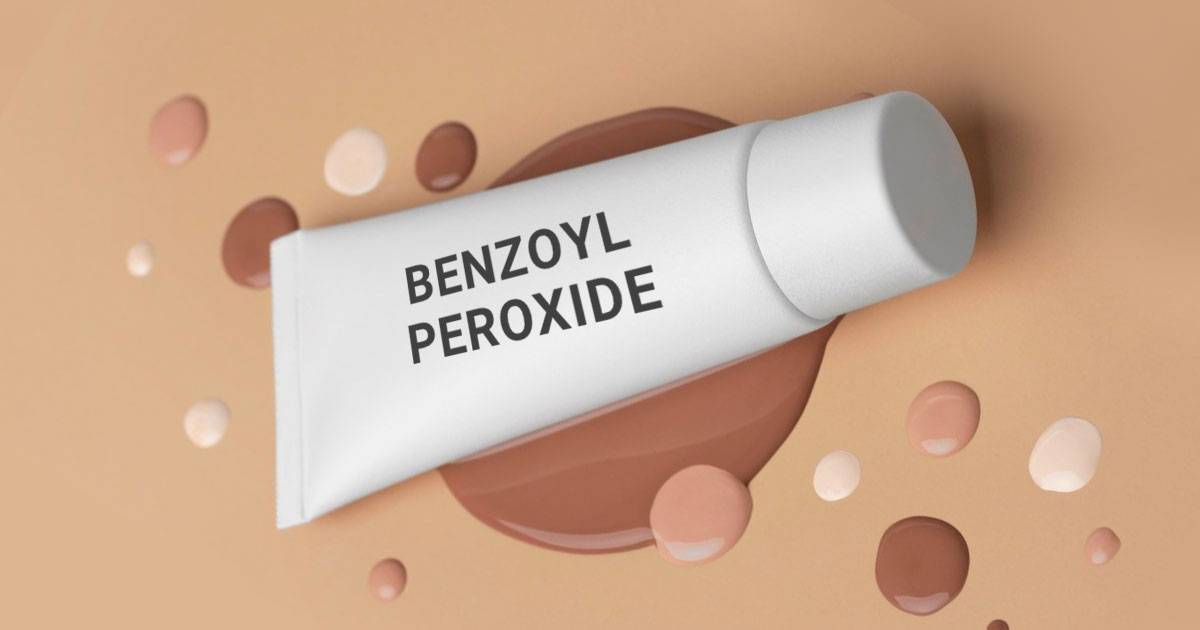Mastering Benzoyl Peroxide to Treat Acne Scars and Achieve Clearer Skin

A guide for anyone tired of playing whack-a-mole with acne and its stubborn scars
We’ve all had those mornings—you wake up, catch a glimpse in the mirror, and there it is: another scar where a pimple used to be. If that’s been your story lately, I’ve been there too. Let’s talk about a not-so-secret weapon: benzoyl peroxide. It’s not magic, but it’s definitely mighty when used right. In this guide, I’ll walk you through how I used it (with a few stumbles along the way), what dermatologists say, and how you can make it work for your skin instead of against it.
Why Benzoyl Peroxide Deserves a Spot in Your Skincare Routine
Before anything else, let’s break down what this stuff actually does. Benzoyl peroxide isn’t just some trendy ingredient—it’s backed by dermatologists and has been a go-to for decades.
Here’s what it’s great for:
-
Kills acne-causing bacteria (Cutibacterium acnes) before they throw a breakout party
-
Unclogs pores by breaking down dead skin and sebum
-
Reduces inflammation that can lead to painful cysts and long-term scarring
-
Dries out active pimples and speeds up healing
-
Helps lighten post-acne marks with consistent use over time
-
Prevents future breakouts, so you’re not fighting the same battle twice
It’s often recommended by dermatologists for mild to moderate acne—and the fewer active breakouts you have, the fewer chances for scarring.
How I Learned to Use Benzoyl Peroxide Without Waging War on My Face
Let me save you some trial and error. I was heavy-handed at first and, spoiler alert, that backfired. Here’s what works, backed by both experience and clinical guidance from DermNet NZ:
-
Start with the lowest strength (2.5%): It’s just as effective as higher strengths with less irritation
-
Use it once a day, at night—this gives your skin a chance to rest and heal
-
Apply on clean, dry skin—and wait 10–15 minutes after washing your face before applying it
-
Use a pea-sized amount, and apply thinly—no need to glob it on like peanut butter
-
Leave on for 2–5 minutes initially, then gradually increase the time as your skin gets used to it
-
Always follow with a gentle moisturizer (fragrance-free is your friend!)
Tip: If you’re using it for body acne or keratosis pilaris (those tiny bumps on arms or thighs), you can leave it on longer or even use a wash containing it during your shower.
Things I Learned Not to Do (The Hard Way)
Seriously, don’t make my rookie mistakes. Benzoyl peroxide is powerful stuff, and there are a few things you’ll want to avoid like the plague:
-
Don’t mix it with other actives like retinoids or AHAs/BHAs unless your dermatologist gives the green light—this combo can leave your skin red and raw
-
No harsh scrubs or physical exfoliants—your skin is already working overtime
-
Avoid fragranced products—stick to simple, calming ingredients
-
Don’t forget sunscreen—this is non-negotiable, especially when using BP
-
Keep it away from colored fabrics—towels, sheets, shirts… this stuff bleaches
The British Association of Dermatologists (BAD) warns that misuse can lead to irritation, peeling, and increased sensitivity—exactly what we don’t want when trying to fade scars.
What Happens If You Overdo It (Trust Me, You’ll Know)
When I first used benzoyl peroxide, I thought more was better. Big mistake. Overusing it can lead to:
-
Dry, flaky skin—especially around the mouth and under the eyes
-
Stinging or burning sensations
-
Redness and itching—classic signs of overexposure
-
Rare allergic reactions (itchy rash, swelling)—if this happens, stop using and talk to a doctor ASAP
According to the Mayo Clinic, these side effects are common when starting treatment, but should ease as your skin adjusts—if you’re using it properly.
Don’t Skip This Step: Know Your Skin’s Story First
Here’s something important I wish someone had told me sooner: all acne isn’t cut from the same cloth. Hormonal? Bacterial? Diet-related? Stress-induced? You’ve got to know the cause before you throw any treatment at it.
This guide? Think of it like advice from a friend who’s been through it, not a replacement for seeing a dermatologist. If your breakouts are severe or don’t budge, it’s worth getting a pro’s opinion—many clinics now even offer virtual consults.
Resources like the American Board of Dermatology’s Find-a-Derm Tool can help you connect with a certified dermatologist who can properly diagnose your skin before you commit to any routine.
Remember—this guide is here to support you, but it’s not a prescription. If in doubt, ask your derm. That’s what they’re here for.
